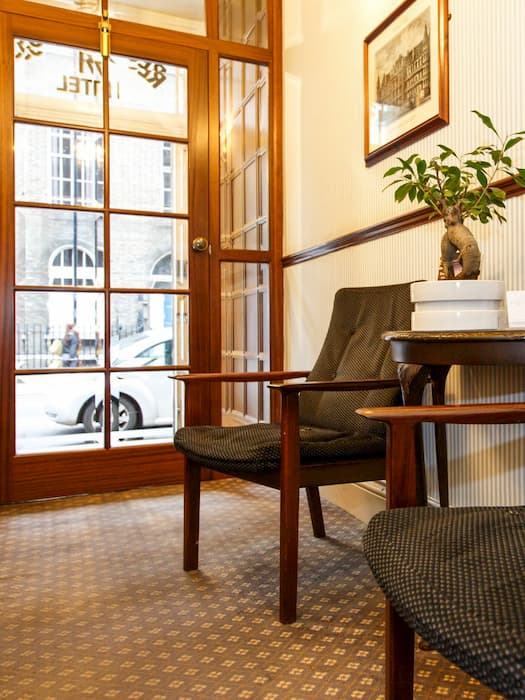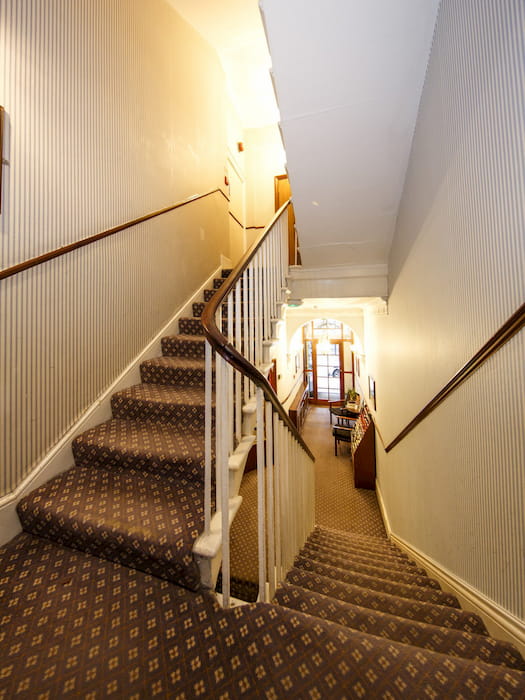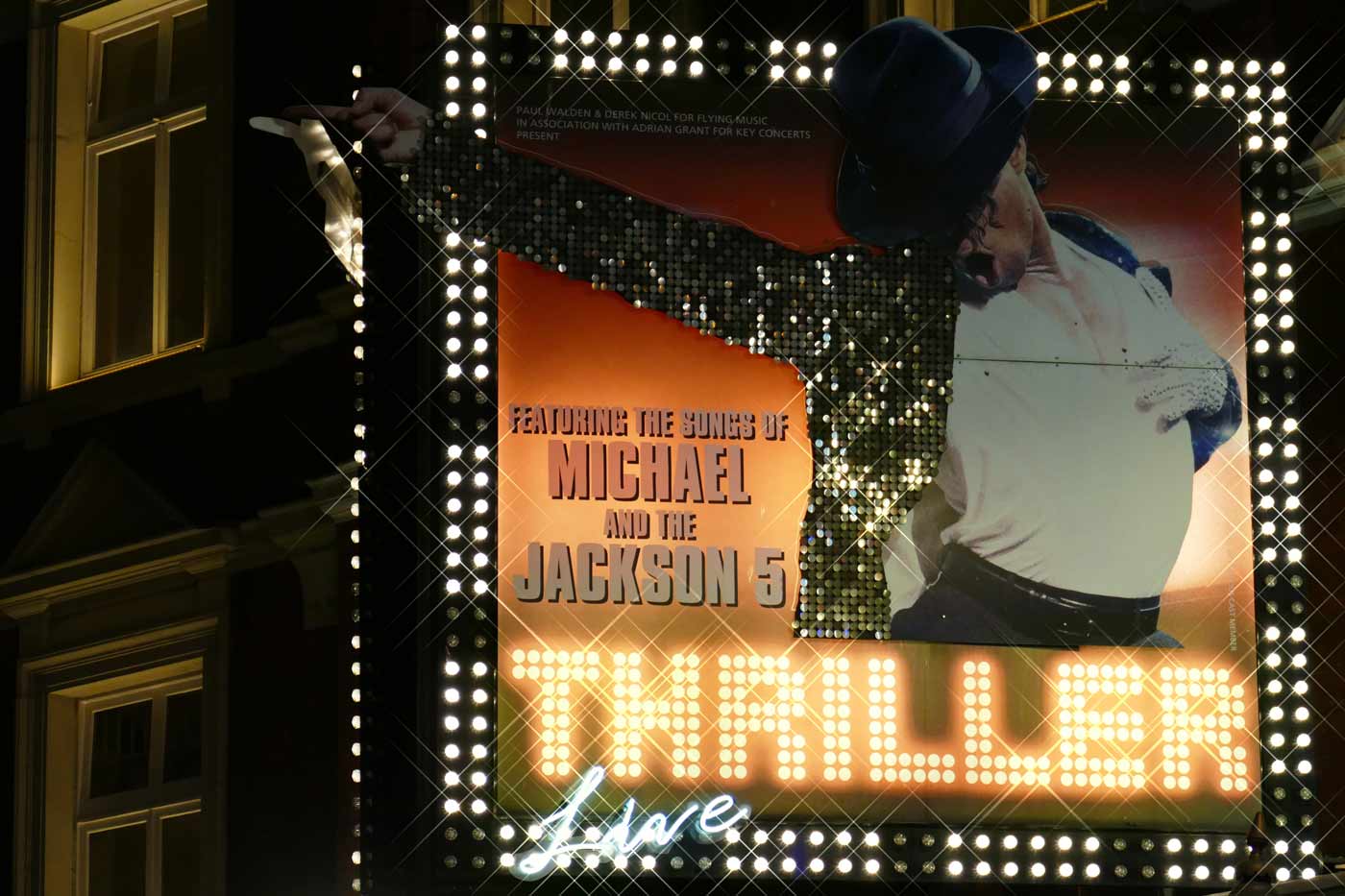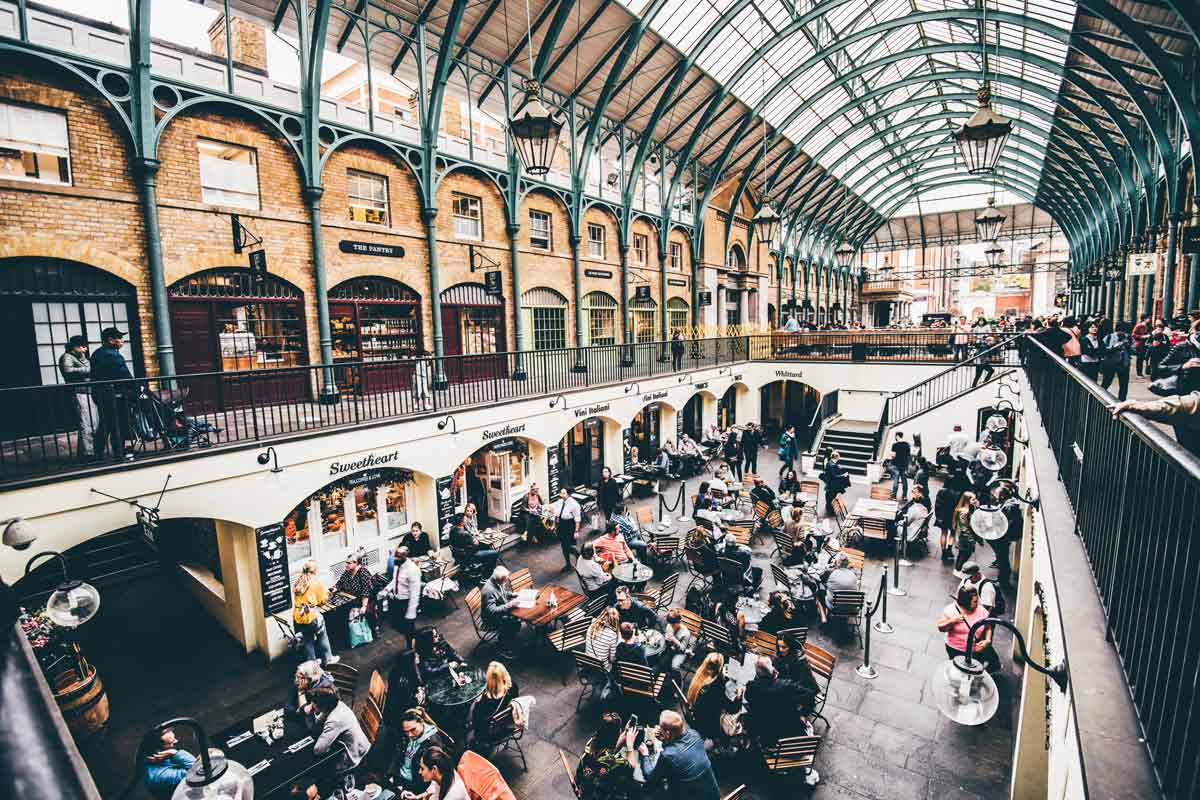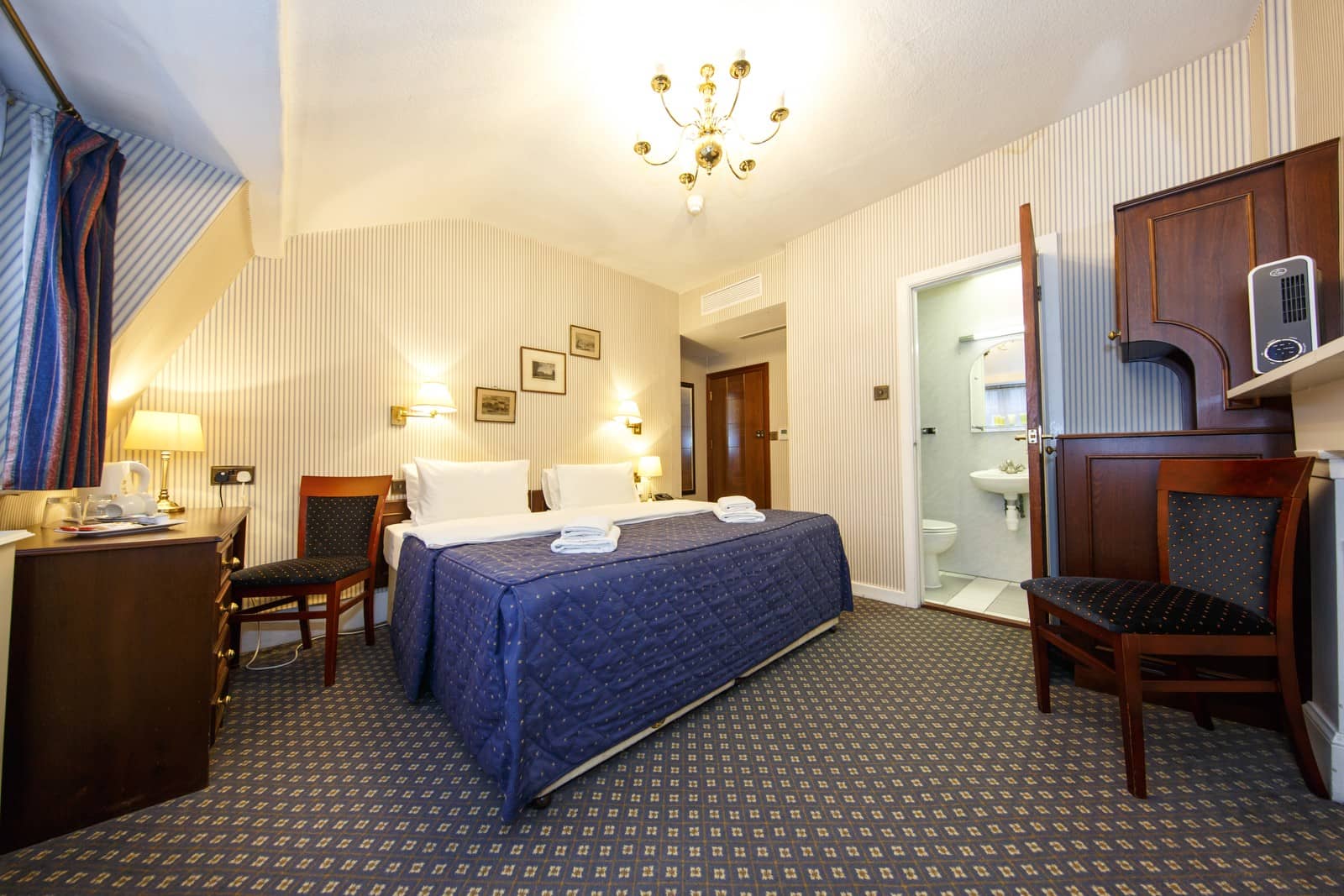
The friendliness of staff, good breakfast, comfortable rooms and the outside terrace was absolutely lovely.

The price, location, staff were very friendly and helpful, breakfast was lovely.

I left so early on my last day on April 10th that I didn’t get to say how much I enjoyed my stay with you again this month. Your rooms are great, and your friendly help and attention to detail were much appreciated! With hopes that you have an enjoyable spring and summer, and I’m very much looking forward to staying with you again this September on my way back from Austria.
Alison Leslie
Guest review

I stayed at the Regency House for 6 nights. It is a lovely place to stay, with clean and comfortable rooms, great facilities like fridge, T.V., microwave, tea and coffee. The staff are very kind, cheerful and helpful. The breakfast is excellent. There is a lovely little patio for sitting outside, with a "coffee cart" to make yourself a hot drink with biscuits. The hotel is superbly situated for getting to all central London, close to buses and tube stations,

Room was small but clean. There was a handy kitchenette , with a microwave and fridge. The bed and pillows were very comfortable . The breakfasts were very yummy.

For the price and location a very nice hotel. Nice staff, Nice breakfast (vegetarian options as well), rooms and bathrooms are a bit small but nothing to complain about (since the price), good "sound isolation" between the rooms as far as we could notice. Good distance to things that you probably want to do on a weekend in London.
